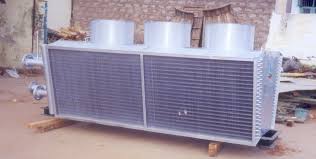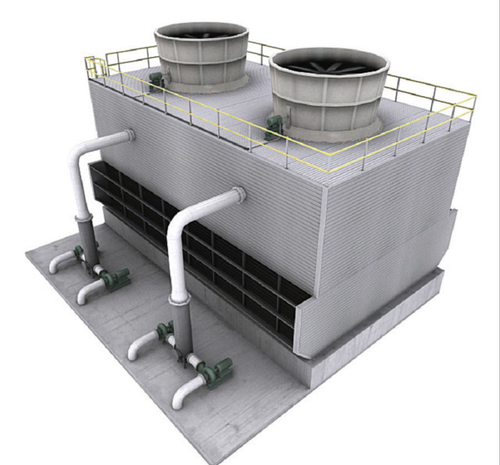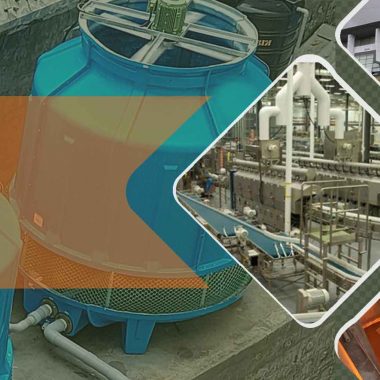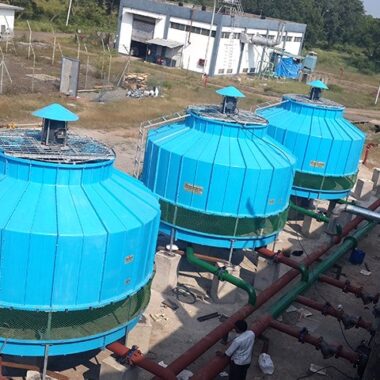Exploring Redundancy in Cooling Systems
Exploring Redundancy in Cooling Systems
Redundancy plays a critical role in manufacturing process cooling systems by providing backup capacity and ensuring uninterrupted operation in the event of equipment failure or maintenance downtime. Exploring Redundancy in Cooling Systems- Here’s how redundancy contributes to the reliability and resilience of cooling systems in manufacturing processes:
1) Continuous Operation:
Redundant components, such as chillers, cooling towers, pumps, and distribution systems, allow manufacturing facilities to maintain continuous operation even if one or more units fail. This minimizes production downtime and prevents disruptions to critical manufacturing processes, ensuring consistent product quality and meeting production deadlines.
2) Fault Tolerance:
Redundancy increases the fault tolerance of cooling systems by providing backup capacity that can quickly take over in the event of a component failure. By having redundant equipment in place, manufacturing facilities can mitigate the risk of system failures and avoid costly production losses associated with unplanned downtime.
3) Capacity Management:
Redundancy allows manufacturing facilities to manage capacity fluctuations and unexpected increases in cooling demand. During peak production periods or hot weather conditions, redundant cooling equipment can be activated to supplement the primary system capacity, ensuring adequate cooling capacity is available to meet process requirements.
4) Maintenance Flexibility:
Redundancy provides flexibility for scheduled maintenance activities and equipment upgrades without disrupting production operations. By having redundant units available, manufacturing facilities can take individual components offline for maintenance or repairs while maintaining cooling capacity through the backup equipment.
5) Risk Mitigation:
Redundancy helps mitigate the risk of system-wide failures and catastrophic events that could result in prolonged production outages. By distributing cooling capacity across multiple redundant units, manufacturing facilities reduce the likelihood of a single point of failure compromising the entire cooling system.
6) Emergency Response:
In the event of an emergency, such as a natural disaster or power outage, redundant cooling capacity can be essential for maintaining critical operations and preventing damage to sensitive equipment. Redundancy ensures that manufacturing facilities have backup systems in place to respond quickly to unforeseen events and maintain essential cooling services.
7) Regulatory Compliance:
Redundancy may be required to meet regulatory requirements and industry standards for reliability, safety, and environmental protection. Many manufacturing processes, particularly those in highly regulated industries such as pharmaceuticals and food processing, require backup systems to ensure continuity of operations and compliance with regulatory mandates.
Overall, redundancy is essential for ensuring the reliability, resilience, and uninterrupted operation of manufacturing process cooling systems. By incorporating redundant components and backup capacity into cooling system designs, manufacturing facilities can minimize the risk of production disruptions, protect critical equipment, and maintain productivity even in the face of unexpected challenges.





